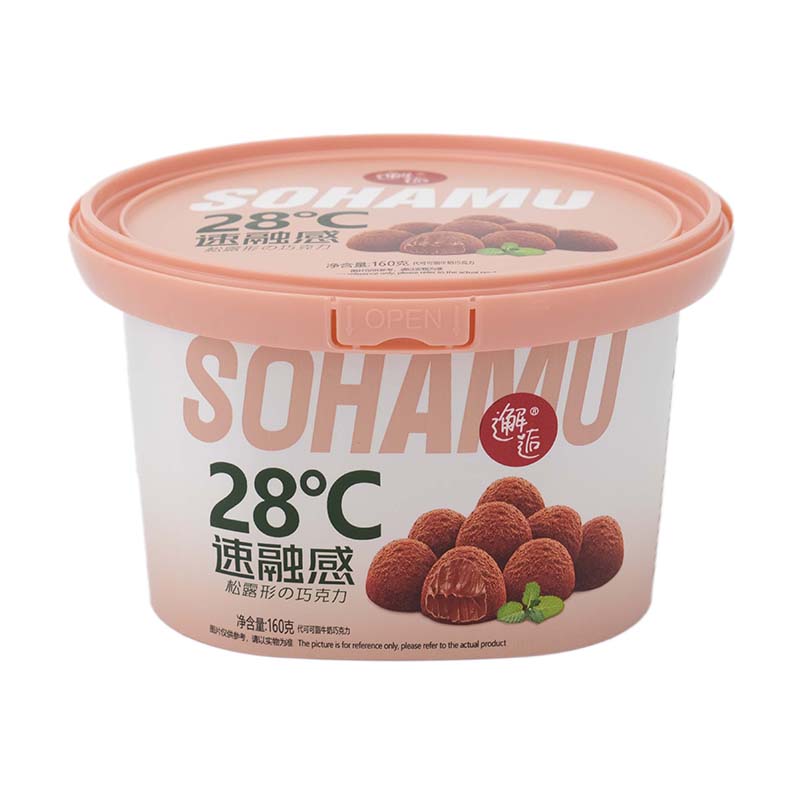What is the Difference Between IML and IMD?
2025-02-14
In the realm of plastic molding and decorative technologies, IML (In-Mold Labeling) and IMD (In-Mold Decoration) are two distinct processes that offer unique advantages for product design and manufacturing. Both methods are employed to enhance the aesthetic appeal and functionality of plastic parts, but they differ significantly in their application and the final results they achieve.
Understanding IMD (In-Mold Decoration)
IMD, short for In-Mold Decoration, is a decorative technology that involves transferring graphics or patterns directly onto the surface of a plastic part during the injection molding process. This process typically involves the use of a film or sheet that contains the desired design, which is then placed into the mold cavity. As molten plastic is injected into the mold, it adheres to the film, transferring the design onto the plastic surface.
The key benefits of IMD include:
Durability: The design is an integral part of the plastic part, making it highly durable and resistant to wear and tear.
Scratch Resistance: The design is embedded within the plastic, providing a scratch-resistant surface.
Cost-Effective: IMD allows for the mass production of parts with consistent and high-quality designs.
Design Flexibility: A wide range of designs, textures, and colors can be achieved.
IMD is commonly used in applications such as mobile phone covers, automotive dashboards, and electronic device housings where a high-quality, durable decorative finish is required.
Understanding IML (In-Mold Labeling)
IML, short for In-Mold Labeling, is a process that involves placing a pre-printed label or film into the mold cavity before the injection molding process begins. The label is then adhered to the plastic part as the molten plastic is injected into the mold. Unlike IMD, where the design is transferred onto the plastic surface, IML involves the use of a separate label that is bonded to the plastic.
The key benefits of IML include:
Enhanced Graphics: IML allows for the use of high-resolution graphics and intricate designs that may be difficult to achieve with IMD.
Label Protection: The label is protected by the plastic, making it resistant to environmental factors such as moisture and UV exposure.
Branding and Identification: IML is ideal for branding and identification purposes, as it allows for the inclusion of logos, text, and other identifying information.
Versatility: IML can be used with a variety of materials, including metals and other plastics, to create a wide range of products.
IML is commonly used in applications such as food packaging, beverage containers, and consumer products where high-quality graphics and branding are critical.
Key Differences Between IMD and IML
Process: IMD involves transferring a design onto the plastic surface during the molding process, while IML involves bonding a pre-printed label to the plastic.
Graphics Quality: IML typically offers higher-quality graphics and more intricate designs due to the use of pre-printed labels.
Durability: Both methods provide durable finishes, but IMD may offer slightly better scratch resistance as the design is embedded within the plastic.
Application: IMD is more suited for functional and durable decorative finishes, while IML is ideal for applications requiring high-quality graphics and branding.
In conclusion, both IMD and IML offer unique advantages for product design and manufacturing. The choice between the two methods will depend on the specific requirements of the application, including the desired graphics quality, durability, and cost considerations. Understanding the differences between IMD and IML will help you make an informed decision when selecting the best decorative technology for your plastic parts.
 English
English Español
Español  русский
русский  Français
Français  日本語
日本語  Deutsch
Deutsch  tiếng Việt
tiếng Việt  Italiano
Italiano  Nederlands
Nederlands  简体中文
简体中文  ภาษาไทย
ภาษาไทย  Polski
Polski  한국어
한국어  Svenska
Svenska  magyar
magyar  Malay
Malay  Pilipino
Pilipino  Türkçe
Türkçe  العربية
العربية  Indonesia
Indonesia 




